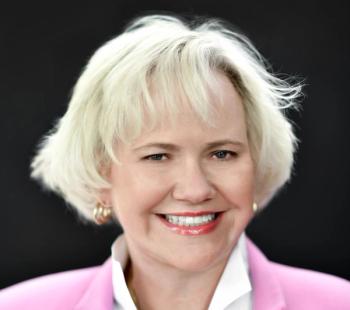
Telehealth diagnosis shows high level of accuracy, study finds
Researchers with the Mayo Clinic found virtual diagnoses typically matched in-person examinations, although the results were better in specialty care than primary care.
Mayo Clinic researchers have found that diagnosis conducted through telemedicine showed a great deal of accuracy with in-person evaluations.
Researchers outlined their findings in a
The telemedicine diagnosis matched the in-person diagnosis in 86.9% of cases, the researchers wrote.
“This diagnostic study of video telemedicine visits yielded a high degree of diagnostic concordance compared with in-person visits for most new clinical concerns,” the researchers wrote. “Some specific clinical circumstances over video telemedicine were associated with a lower diagnostic concordance, and these patients may benefit from timely in-person follow-up.”
Generally, telehealth diagnoses were more likely to match in-person examinations in specialty care than in primary care, researchers wrote.
The authors said the lower degree of concordance in primary care was “one of the most salient findings in our study.” They said this finding was noteworthy in cases involving serious illness and death.
“There were some cases identified in our primary-care telemedicine program that resulted in morbidity and mortality that might have been mitigated by an initial in-person visit, an observation that was not mirrored in specialty practices,” the researchers wrote.
Accuracy varied depending on the medical specialty. There was an extremely high level of concordance between telehealth and in-person diagnosis in psychiatry (96%), while concordance in otorhinolaryngology was 77%.
Researchers said there was high accuracy in diagnosis of cancer and transplants, but the virtual and in-person diagnoses were less consistent involving examinations of the ear and dermatology.
Six months after researchers began collecting data, 31 patients in the cohort had died, the authors wrote. In six of those 31 patients, the video telehealth diagnosis was not consistent with the in-person diagnosis. The researchers said for 5 of 6 of those patients, the cause of death was not related to the telehealth visit and those deaths wouldn’t have been prevented if the patients had been seen by a physician in person.
Researchers examined patients at Mayo Clinic locations in Rochester, Minn., Scottsdale and Phoenix, Ariz., and Jacksonville, Fla., along with Mayo Clinic Health System locations in Iowa, Wisconsin, and Minnesota. Researchers studied patients between March 24 and June 24, 2020.
The study found no differences in accuracy based on location or in the gender of the participants.
Telehealth usage soared during the COVID-19 pandemic. The federal government reported
The researchers noted that their findings echo similar but smaller studies comparing the accuracy of telehealth and in-person diagnoses.
Researchers excluded results from patients who only had a video telehealth appointment but didn’t follow up with an in-person visit. Researchers speculated that patients may have been satisfied with the video appointment and didn’t desire a follow-up, and it’s likely accuracy between virtual and physical visits would be high in simpler cases.
Primary care appointments with new patients through telehealth, or patients with new problems, may benefit from in-person follow-up appointments sooner than later, the authors said.
In conclusion, the researchers wrote, “These findings suggest that video telemedicine visits to home may be good adjuncts to in-person care.”
The Mayo Clinic study comes shortly after a federal study indicated
Healthcare advocates are pushing for telehealth reforms in Washington. The federal government approved waivers allowing healthcare providers to offer telehealth services more easily, but they are tied to the
Still, healthcare advocates are hoping for more.
The House of Representatives overwhelmingly approved a bill that would extend telehealth waivers through 2024, but it must pass the Senate before it can go to President Biden. Analysts say the bill has strong support in the Senate, but
Biden has indicated he would sign the bill if it reaches his desk.






















































































